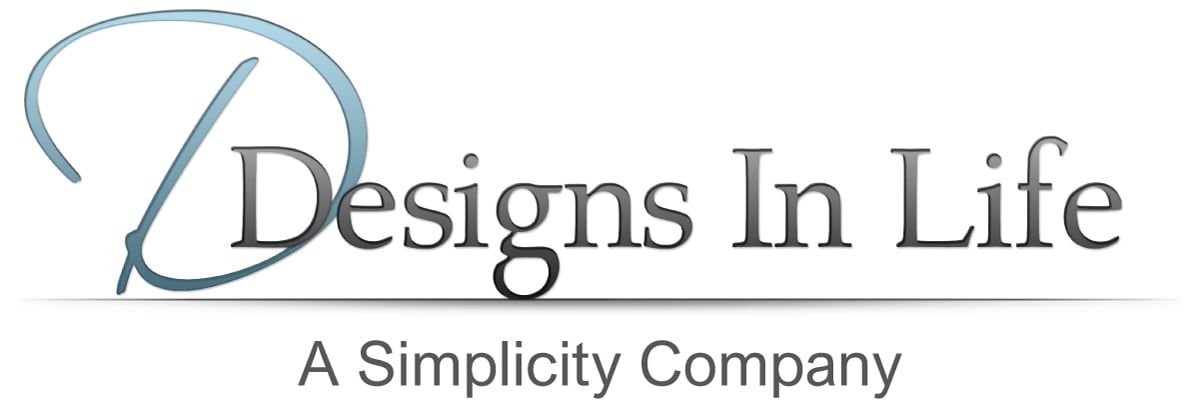Life Product Training, Sales & Marketing Tools
- Virtual Sales Assistant – Use this extensive library of educational and point-of-sale material on most business and personal life and disability insurance issues.
- Pre-Quote Underwriting Questionnaire – Complete this prior to requesting a life insurance quote for more accurate results
- Needs Analysis – Use this to determine how much life insurance your client needs
